
DOMESTIC
ANIMAL WELFARE
by: Karin Franken
Co-Founder & Board Director JAAN Domestic
Animal welfare is a condition whereas animals’ physical and psychological health are fulfilled, both for wild and domestic animals. Wild animals need their basic rights to live naturally, free from human’s intervention. Meanwhile, domestic animals required
protection, care and proper shelter from human.
“Animal Welfare is the physical and psychological, social and
environmental well-being of animals”

Do you know there are laws that regulated about
animal welfare in Indonesia?
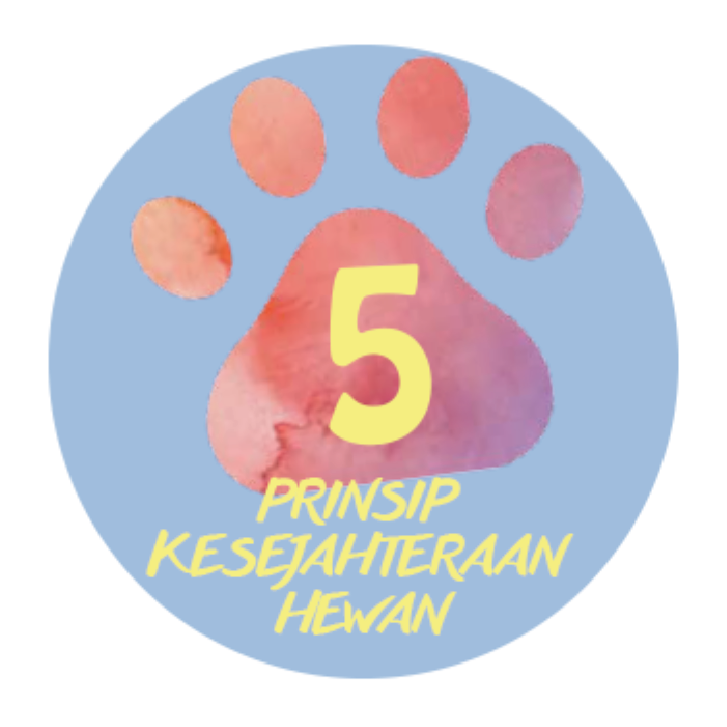
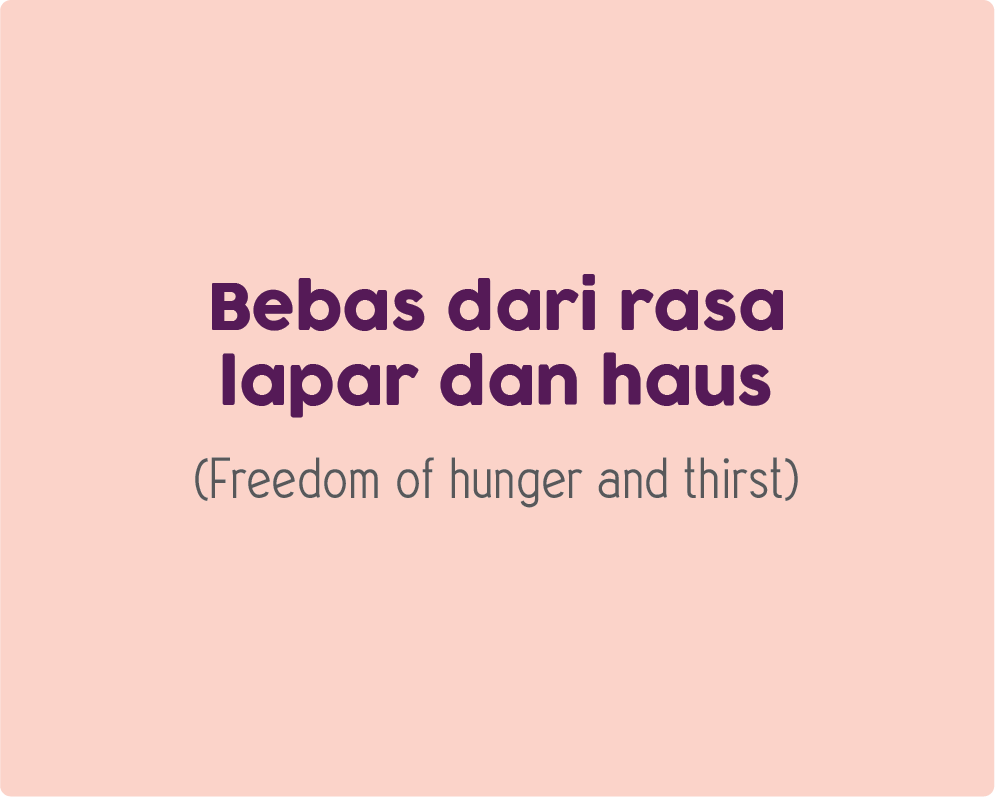
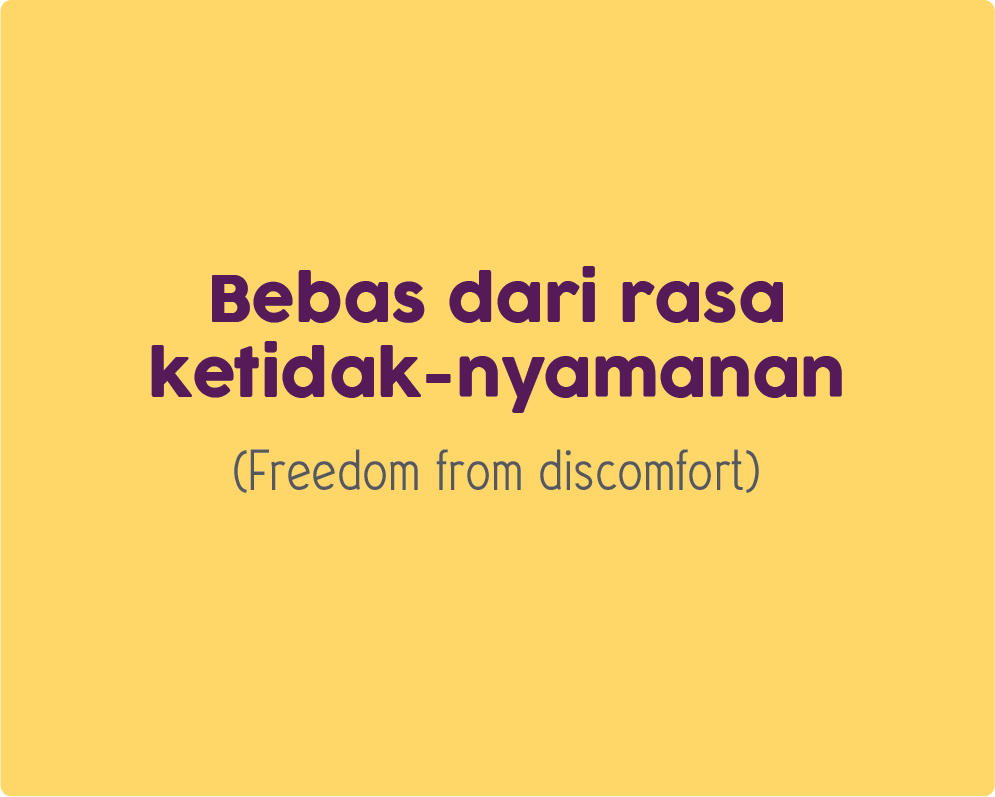
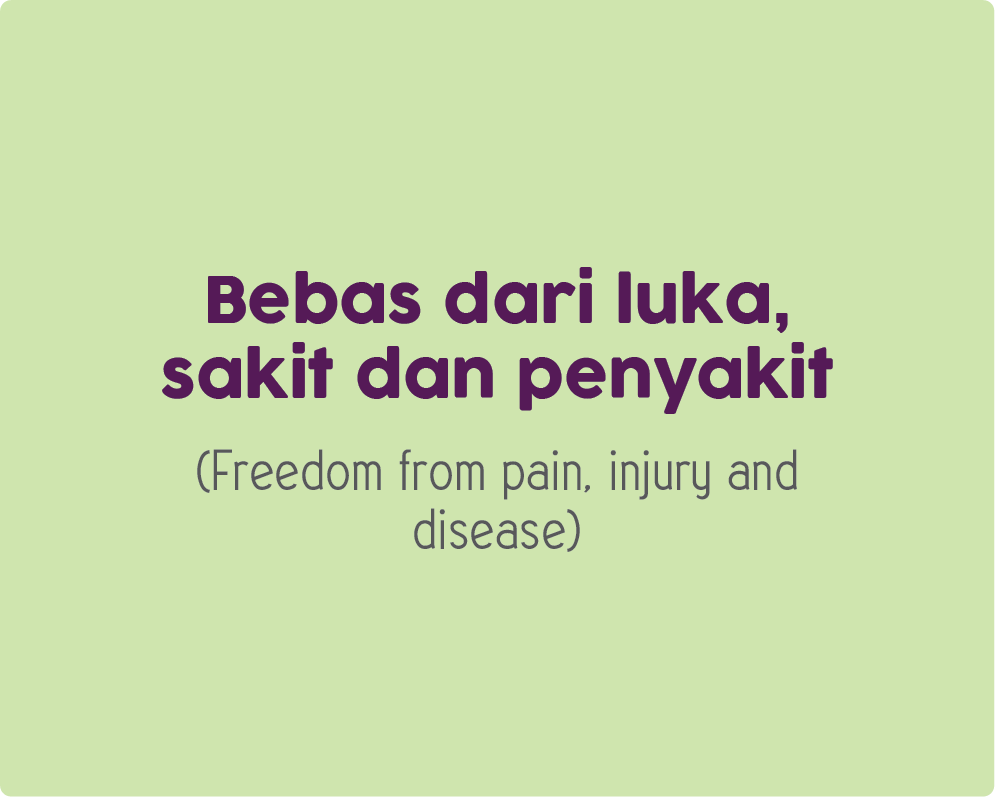
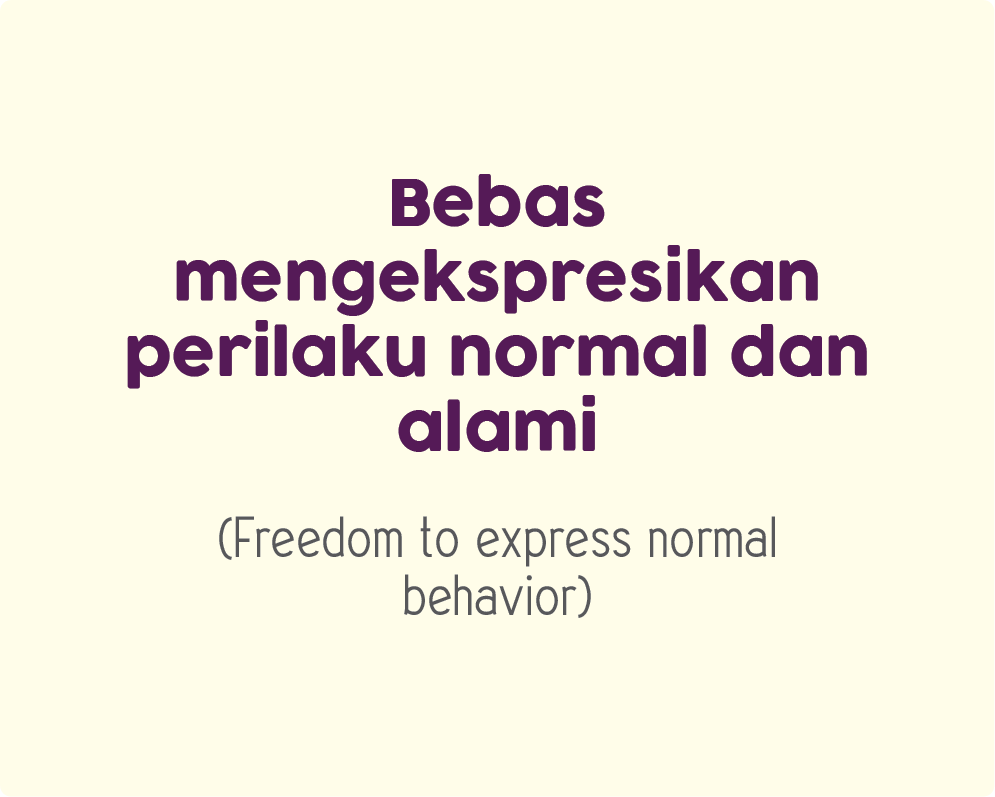
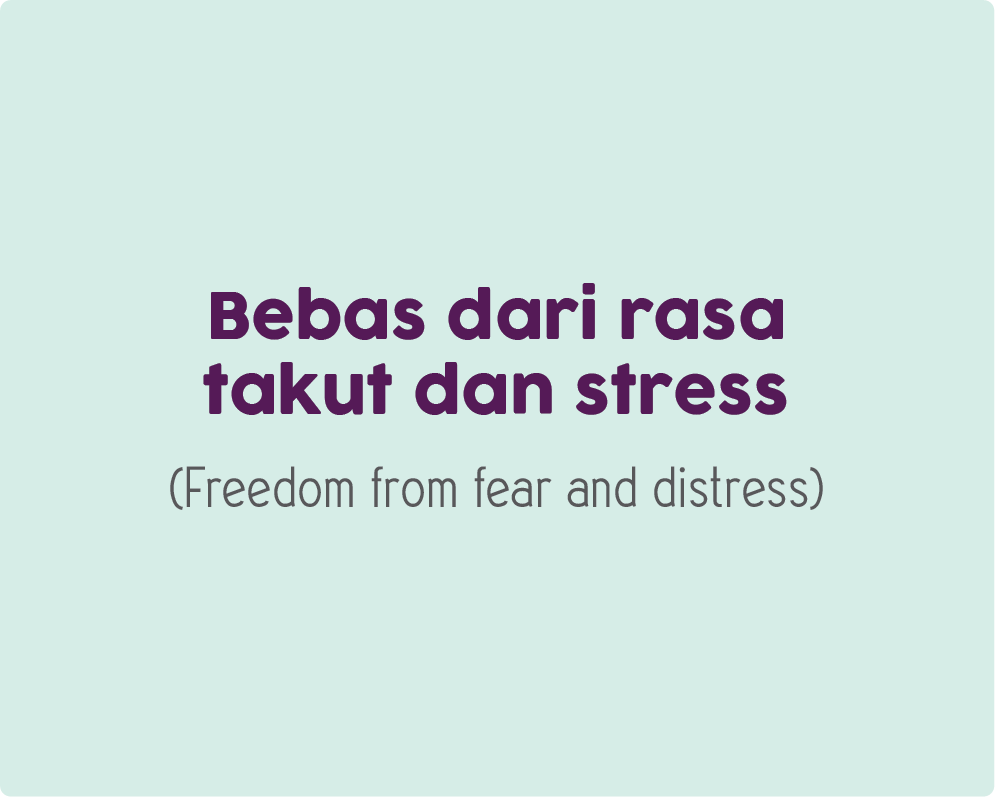
Not all strays need to be rescued.
Cats in Indonesia are living very comfortable lives within communities all over Indonesia. They are loved and fed by the humans surrounding them. They are appreciated for keeping the number of mice and cockroaches low. But if you ask a community member who’s cat it is, they will say it is a stray.
These community ‘stray’ cats have freedom from hunger and thirst, can shelter from the rain and find a comfortable place to sleep. They can interact with other cats and can live a happy life. The only thing lacking for them is preventive and veterinary care when they need it. And the effort by the community to neuter them to prevent unwanted births.
Dogs likewise, living within communities are found throughout Indonesia. For them there’s always the threat of being caught and sold into the dog-meat industry; where they will undergo an unimaginable cruel treatment an death.
If humans would take responsibility and enjoy the benefits of the domestic animals surrounding them, a lot of misery could be prevented.
DIFFERENTIATION BETWEEN WILDLIFE AND DOMESTIC ANIMAL
Domesticated animals have been living alongside humans for centuries. Sharing each other’s company was beneficial for both humans and animals. Dogs, for instance, kept an eye out for predators, warning humans for danger. And at night
humans and dogs kept each other warm in cold weather conditions. Both benefiting from the other’s company.

Wildlife has not been in contact with humans and lives independently. They have not been domesticated for centuries and are not suitable to be domesticated. Mostly
they are very afraid of humans and will hide from humans.
Some people disagree and they will have bought wildlife as an infant, and have it ‘domesticated’ in their home surroundings. For example, baby monkeys being kept in diapers and milk bottle fed. And more often than never, when wildlife purchased as an infant grows up and starts displaying its ‘wildlife character’, people do not wish
to keep the animal anymore.
